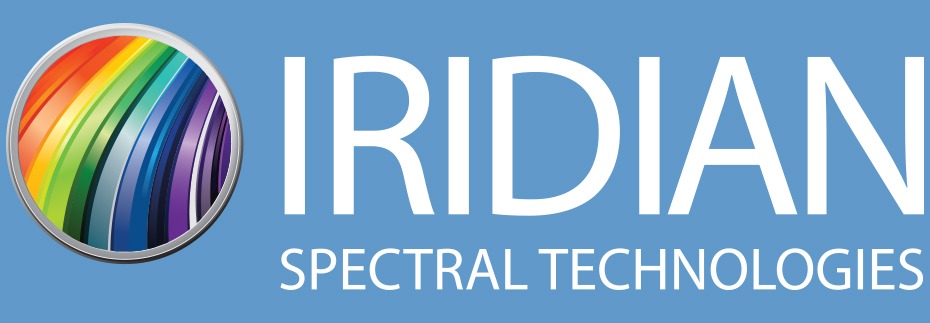Reliable data communication depends on interconnections. Conventional electronics often link storage devices to servers and switches. These take the reliable form of patch cables and panels. Yet modern performance needs are quickly eclipsing the capacities of standard electronic interconnects. Higher bandwidths, longer distance data transmission, lower latencies, less interference, and so on. The needs of modern data transmission are complex and varied. Optical interconnect technology poses a unique solution to these tandem drivers. They use fiber optic cabling and light signals for data transmission. This doesn’t represent an iterative improvement on physical connections. It is a whole new frontier.
The Rising Demand for Higher Bandwidths and Speeds
The escalating need for enhanced bandwidths and speeds in contemporary data centers can be attributed to several pivotal factors:
- Data Proliferation: Modern enterprises and institutions are witnessing an exponential surge in data generation from diverse sources, including IoT devices, social media platforms, video streaming services, and cloud-based applications. Efficient data management and processing necessitate robust bandwidths and speeds.
- Cloud Computing Evolution: The meteoric rise of cloud services mandates swift and dependable data delivery to end-users. Enhanced bandwidths and speeds fortify the data exchange between cloud systems and users, ensuring uninterrupted service.
- Big Data and Analytical Processes: Advanced analytical methods and machine learning demand real-time processing of vast data sets. Superior bandwidths and speeds facilitate rapid data assimilation, processing, and analysis, empowering organizations to extract critical insights and optimize data-centric decisions.
- IoT Expansion: The burgeoning realm of IoT, encompassing applications like smart urban infrastructure, industrial automation, and vehicular connectivity, generates immense data. This necessitates data centers to possess augmented bandwidths and speeds for real-time data management.
- Streaming and Content Dissemination: The surge in video streaming, online gaming, and other data-intensive activities necessitates data centers to cater to the high demand for content delivery without latency. Elevated bandwidths and speeds guarantee seamless streaming.
To remain relevant, data centers must anticipate and adapt to forthcoming technological innovations. Investing in advanced bandwidths and speeds ensures they can manage future data-intensive applications. Optical interconnect integration is central to this changing dynamic.
The Mechanics of Optical Interconnects: Fiber-Optic Cables and Transceivers
Encoding optical signals for data transmission is a complex process. Optical interconnects are thus intricate devices comprised of several components. The goal is to propagate light through a glass or silicon waveguide. A simple setup involves a fiber optic cable connected to a transceiver module. This module contains the integrated laser and detector. The transceiver converts electrical signals into an optical output. This travels through the cable to a receiver which repeats the process but in reverse1.
It’s crucial to note the dual functionality of these transceivers. Some designs feature a multi-layer substrate containing the receiving module and driving circuit. This stacks the transmission and receiving elements over one another. Key benefits of this include high speeds and mitigated crosstalk. Another solution is to use V-grooves and polished optical fibers with wavelength splitters at the receiver. Other, more advanced systems deploy volume holographic Bragg gratings and collimation lenses. This allows for wavelength multiplexing; a revolutionary method of combining different optical signals onto a single fiber2.
The Role of Optical Filters in WDM and CWDM
Wavelength multiplexing is a revolutionary concept in optical communications. It involves the simultaneous transmission of multiple signals over a single optical fiber. Each signal is assigned a different wavelength in the range of 1310 nm, 1490 nm, and 1550 nm for single-mode fiber. A multiplexer combines these wavelengths into a single signal and transmits them over a single cable. At the receiver, a demultiplexer separates the combined optical signal. Each wavelength is then directed to the right detector. It’s a simple process with extremely complex requirements3.
Optical filters are essential to WDM and CWDM systems. They combine and split the different wavelengths for transmission and reception. These filters need to transmit or reflect wavelengths with high specificity. Selective transmission is the crux of how each signal reaches the right receiver. Generally, WDM filters offer high diffraction efficiency, low insertion loss, and minimal optical crosstalk. This ensures efficiency, minimises signal degradation, and maintains wavelength integrity4.
Optical Interconnects: The Backbone of Modern Data Centers
Modern data centers, especially those supporting cloud storage and distributed computing, rely heavily on optical interconnects. The reasons are manifold. Firstly, optical interconnects offer unparalleled speed, ensuring that vast amounts of data can be processed in real-time. Secondly, they are energy-efficient. Unlike electrical interconnects, which generate significant heat, optical interconnects remain cool, minimizing the need for extensive cooling systems and reducing the overall carbon footprint of data centers.
Optical interconnects are revolutionizing the world of datacoms. They offer a solution to the ever-growing demands for speed, bandwidth, and efficiency. As the backbone of modern data centers and the enablers of high-speed, long-range satellite communications, optical interconnects are undeniably the future. Their transformative impact on data center technology is evident, and as advancements continue, their potential is boundless.
Incorporating the unique capabilities of optical interconnects, such as high-speed communication, long-range connectivity, low latency, and enhanced security, the world of datacoms is on the cusp of a new era. As optical technology continues to evolve, so will the possibilities for global communication, bringing us closer to a future where data transfer is seamless.
References:
- Stratton, C. (2015). Benefits of Fiber Optics for Underground Mine Communications.
- 표선형, 윤영권, 문기태, & 류현호 (2004). Bi-directional optical transceiver module.
- Jeřábek, V., Hüttel, I., Prajzler, V., Busek, K., & Arciniega, J.A. (2011). Design and construction of a WDM transceiver with VHGT using hybrid integration technology. Physica Status Solidi (c), 8, 2938-2941.
- Jeřábek, V., Armas, J., Mares, D., & Prajzler, V. (2011). WDM hybrid microoptical transceiver with Bragg volume grating. Other Conferences.
